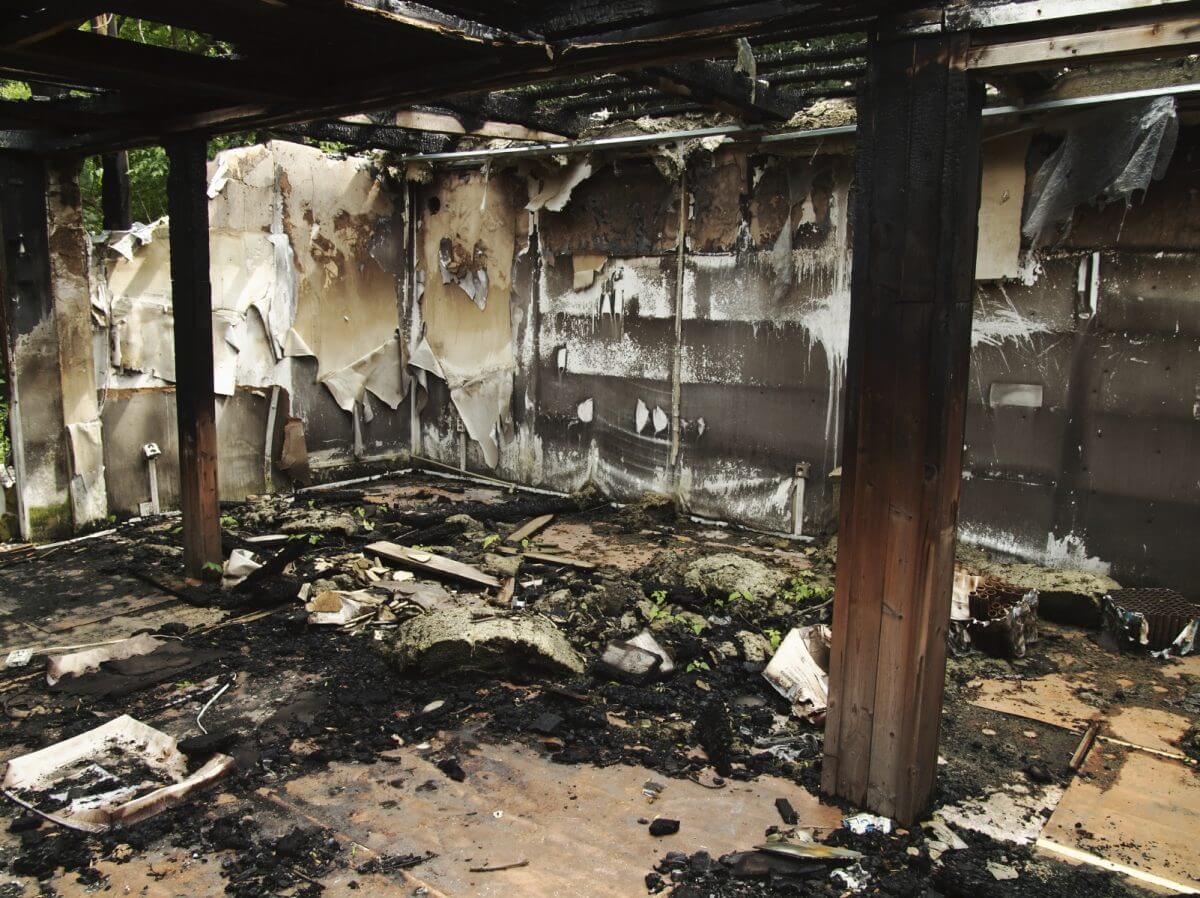
What Is An Insurance Property Appraisal?
Each year during renewal, members ask why the building values shown on their property schedule for appraised locations (those designated as an “A” type building on the property schedule) have increased, especially in light of the fact that real estate values around the State have fallen over the past several years.
The answer is that insurance replacement cost appraisals are completely unrelated to real estate values. An insurance replacement cost appraisal provides the estimated cost to replace a building that has been destroyed by a covered cause of loss, from the ground up, with a building of like kind and quality. It also includes the cost to upgrade the building to current codes, and the cost to prepare the site including the demolition of any of the former structure that might remain on the site.
Real estate values, in contrast, are driven by four main factors: market demand, condition of the building including its age, location of the building and plot size.
Market demand is not a factor for insurance appraisals since the building is not intended for sale. As for the condition and age of the building, with real estate appraisals, the age of the building often drives the value down; with insurance appraisals, the age of the building often drives the value up. The CIRSA property program includes coverage for Increased Cost of Construction (also known as “ordinance and law” coverage) which provides for “the increased cost to repair, rebuild or construct the property caused by the enforcement of building, zoning or land use ordinances or laws. The older the building, the more common it is for this coverage to come into play.
The condition of the building is generally not a factor either, because any repair or replacement of the building needs to be completed with new materials (except in the case of certain historic locations). The fact that a building has a 30-year old HVAC system, or a 20 year old roof, does not matter when there is a need to repair or replace it. (This example assumes a claim from a covered cause of loss and not one due to a lack of maintenance. Claims due to a failure to maintain a property may not be covered.)
Location and plot size do not matter for insurance appraisals – it costs the same amount to construct a building with a view of a busy street on a .25 acre parcel of land on the west side of town as it does to construct one on a 5 acre parcel on the east side of town with a view of the mountains.
While the cost of labor has been falling in most areas, the cost of materials has not. One of the more extreme examples is that the cost of steel is up 24% in the first seven months of 2011 over 2010. Overall, the cost of construction (materials and labor combined) is up 3-4% over last year.
We hope the foregoing explains why insurance replacement costs may go up even when real estate values go down.
- Preparing Your Buildings For Winter Weather
- Sewer Backup Claim Prevention
- Handling Citizen Conflicts at Governing Body Meetings
- Preparing Your Buildings For Winter Weather
- Do’s & Don’ts For Selecting Outside Investigators
- Nine Practices of Highly Ineffective Councils and Boards
- Finland Study Says Bad Bosses Cause Heart Attacks!!!
- Bullying In The Workplace: A Prevention Guide
- Employees Gone Wild: The Risks of Tolerating A Culture of Hazing
- Mediate? Why Not?
- The Basics of Courtroom Testimony – Establishing Credibility With The Jury
- 3-Point Contact Key To Vehicle Safety
- House Bill 10-1168: An Insurer’s Right To Subrogation
- Donning And Doffing – Are Police Officers Entitled To Be Paid For Getting Dressed?
Join our email list

We Are Here To Help
If you need assistance with an article or topic in Coverage Line, let us know!